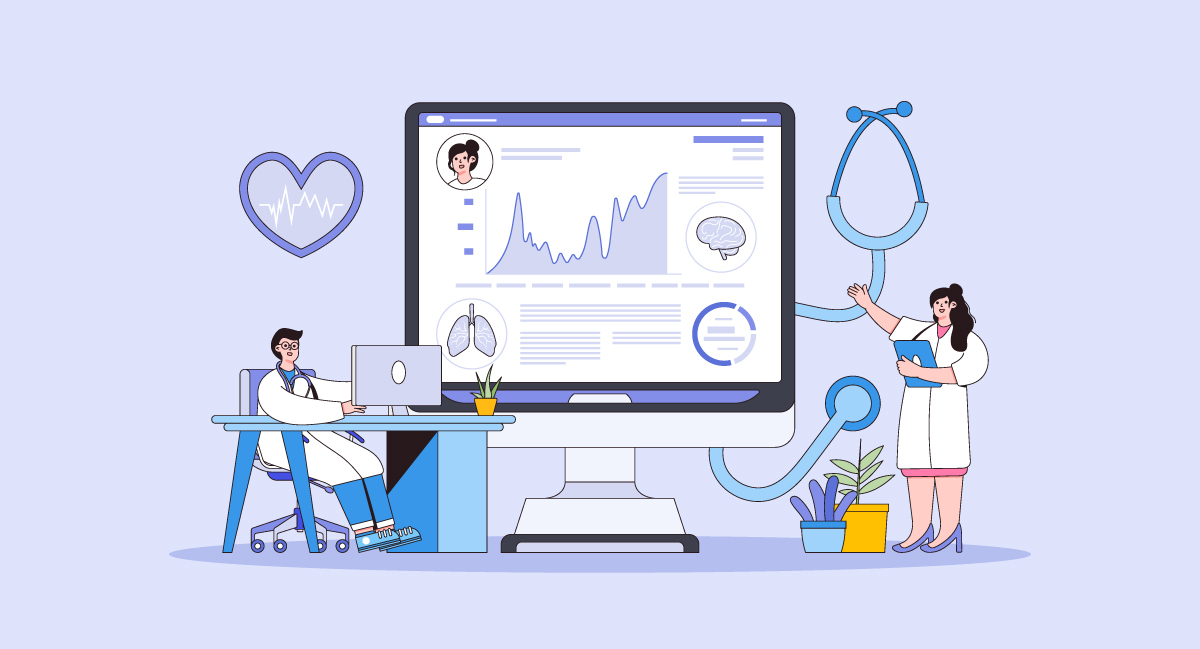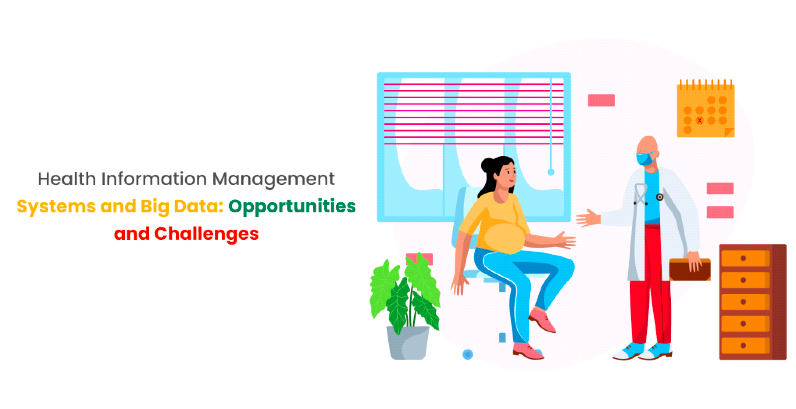Contents
Introduction:
The information flow that is as vital as the patient care delivered by doctors, nurses, and other healthcare staff is characteristic of the winding corridors of the modern hospital. The HIMS (Health Information Management System) is what gives HIMS its form and content; this tech has redefined how we handle, keep, and use patient data. In India Hospital Information Management System interfacing becomes a treasure for exploration and also for creating pitfalls, which goes along with the fact that in comparison to the other places in the whole world, this country is characterized by the variety and rapid changes in healthcare.

The hospital information management system, the liaison between the confusing and frenetic emergency rooms and the quiet observation of laboratories, is a key component to ensure that all patient information is immediately accessible, accurate, and secure. With healthcare systems evolving to modern technologies, the hospital management information system (HCE) is on the frontline in this endeavor by bettering care services to patients, simplifying operations, and improving decision-making.
India presently comes up with system development of advanced level (i.e. IoT, ML, AI, and so on) where the needs for the management of over a billion people are efficiently handled. Through the research and study of IHIMS and big data, we hope to gain knowledge of how this class of technologies can reform the delivery of health services, enhance the welfare of patients, and encounter the specific problems of the Indian health system.
The Intersection of HIMS and Big Data
Modern healthcare is being reshaped by Big data and the use of hospital management information system that offer possible ways to improve patient care, hospital efficiency, as well as innovation in medicine, a new take that is shaping the world of healthcare. At this junction, a strong highlight is on data-driven points and personalized care. The humanization of the healthcare process is explained here. Here’s how:
Data-Driven Decision Making: These analytics elevate the comprehension of patient health trends, treatment outcomes, and operational effectiveness with the employment of big data in HIMS. This data-driven approach promotes a sort of nulla-risks medicine where the patient, and more importantly his/her condition, is taken into account in real-time.
Personalized Patient Care: Data analysis allows healthcare specialists to design customized solutions and treatments for a person in a particular case. Via HIMS, doctors can integrate all medical histories, genetic profiles, and lifestyle information into one patient profile that provides a comprehensive view of the patient, enabling the providers to provide patient-specific plans that would enhance the health state.
Enhanced Efficiency: The traditional role of Hospital Management Information Systems (HMIS) linked with big data analytics is simplifying the administrative processes, allocating resources most efficiently, and lowering operational costs. This effectiveness, enforced by the best piece of best hmis software in India, is remunerated in greater time for doctors to concentrate on patient care, ultimately bringing about the overall improvement in patient care.
Opportunities in India’s Healthcare Landscape
Indian healthcare scenery is full of chances for evolution through the results of the HIMS and big data implementation. This approach can address many challenges and improve the general standards of healthcare delivery. Here’s how:
Improving Accessibility: Advanced data analytics-based HIMS will expose a wide range of possibilities including those about healthcare accessibility in remote and underdeveloped areas. A modern healthcare provider can now take care of far-flung patients by deploying telemedicine and mobile health solutions, which in turn makes it possible to achieve timely and effective care and treatment.
Enhancing Quality of Care: The healthcare providers can manage the patient data accurately and completely by using best hmis in India. Thus, past health records become accessible reduce the failure, and increase the individualized and starting treatment.
Supporting Public Health Initiatives: HIMS with big data analytics can track health trends and outbreaks of disease. This skill is an important factor that helps public health officials with timely actions and disease control measures in India ultimately to keep the health of the population.
Encouraging Innovation: HMIS software companies in India are pioneers in introducing new solutions to improve principles such as patient care and operational efficiency. Such firms utilize big data, thus, developing tools that enable the practice of precision medicine, patient-centered care, and effective hospital administration.
Conclusion
It is the integration of health management information systems with big data that represents a revolutionary change in the healthcare system. Through the fusion of these technological approaches, healthcare providers get the highest level of efficiency, accuracy, and patient-oriented care that had never been achieved before. Hospital Management System, especially those integrated with large data analytics tools enable healthcare facilities to consolidate administrative works, manage resources more efficiently, and bring down the costs of operations.
In India, the adoption of the top HMIS platform is critical for the transformation of the healthcare delivery system. However, this kind of system not only optimizes the management of patient data as well as reveals the big data potential for clinical decision-making. Consequently, healthcare professionals are more likely to be involved in direct patient care rather than dealing with administrative frustrations, thus there is an increase in patient outcomes and satisfaction.




